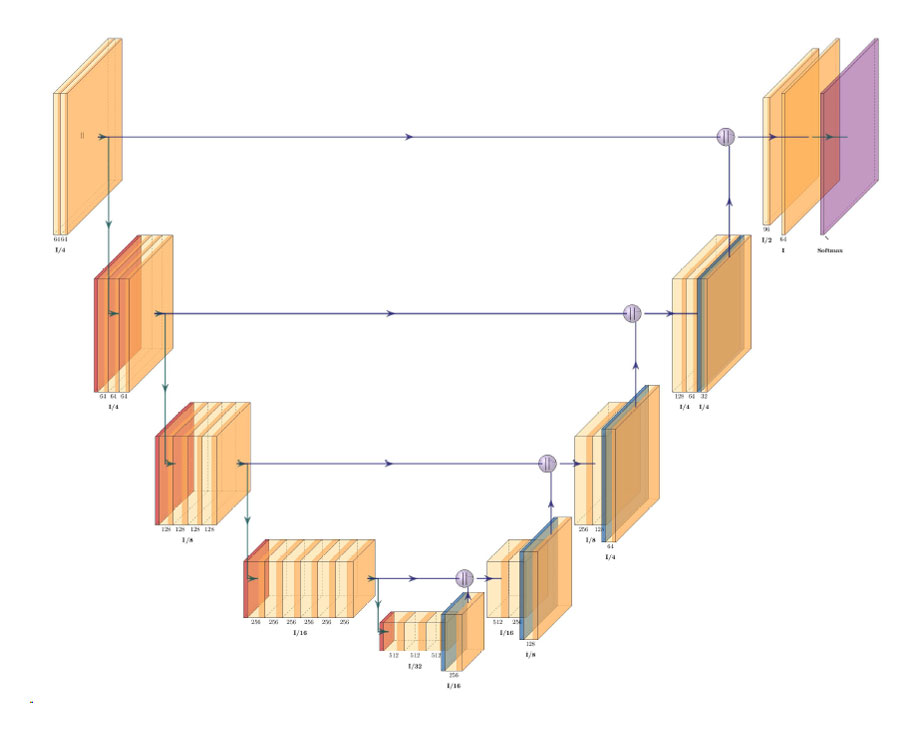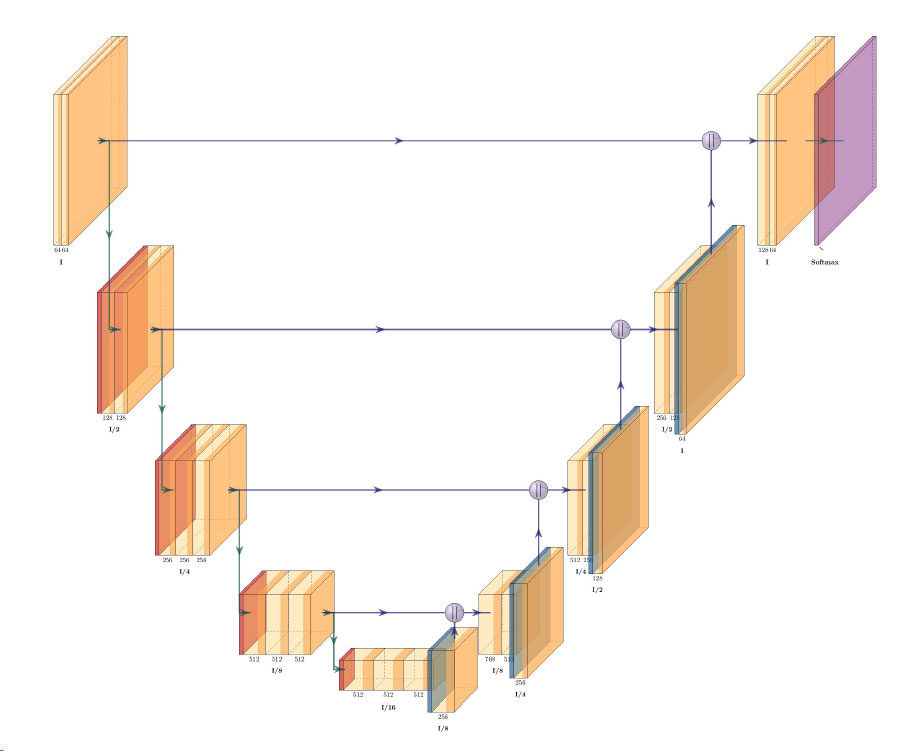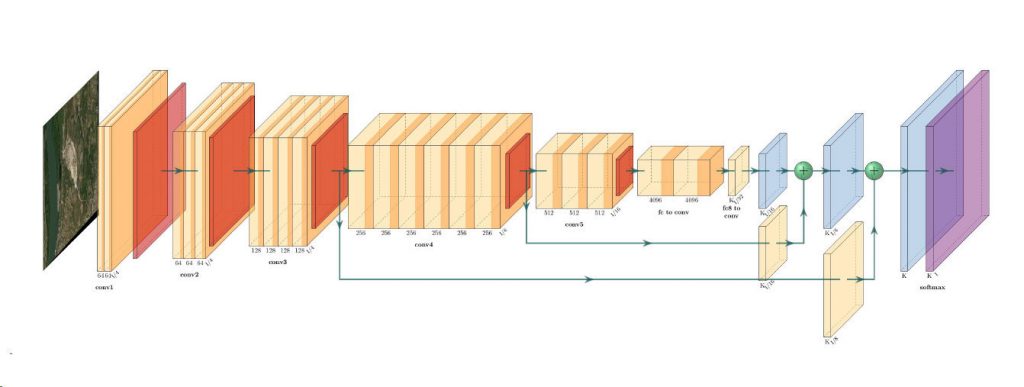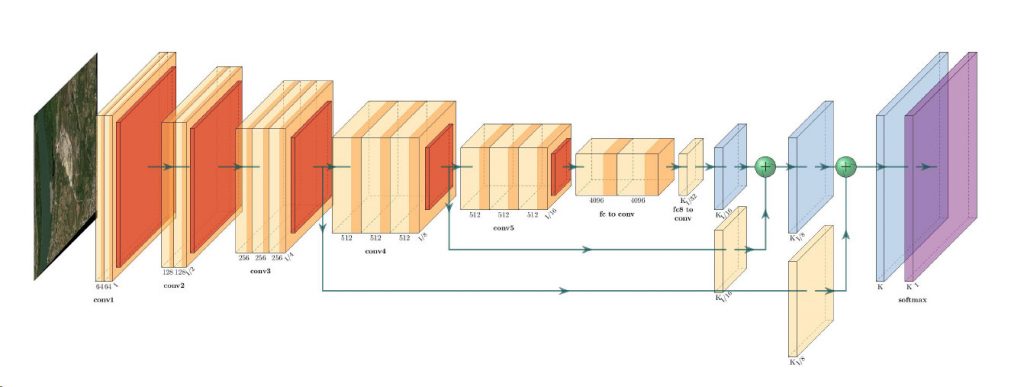WorldView-4 Increases European Space Imaging’s Satellite Tasking Capacity
- European Space Imaging
The world’s highest resolution satellite constellation has doubled in it’s 30 cm capacity.
On November 11, 2016, the WorldView-4 satellite was launched into space as part of the DigitalGlobe constellation. It is a state-of-the-art very high resolution earth observation machine, capturing 30 cm imagery from an orbit 617 km away from Earth. European Space Imaging was the first organization in the world able to commercially task WorldView-4, which immediately increased its capacity for collecting the highest resolution satellite imagery available. Combined with the only other 30 cm-capable satellite in orbit, WorldView-3, the fleet is now able to capture over 1.3 million km2 of 30 cm imagery daily.
The very high resolution imagery captured by WorldView-4 is uploaded to European Space Imaging’s archive image library, available as a searchable online database. However customers can also request collection of the specific images they need via the service of direct satellite tasking. Flexibility, speed, and personalized customer service characterize the company’s approach to image collection.
From its recently updated ground station in Munich, European Space Imaging staff monitor the near-real-time weather situation while they plan satellite movements, enabling them to gather images with the least cloud cover possible. This allows them to provide customers with the highest quality imagery as soon as possible – ideal for time-sensitive situations such as during an emergency response, or when plotting the optimal maritime navigation route.
“Last-minute tasking allows us to make changes to the collection plan up until the moment of communication with the satellites,” said Adrian Zevenbergen, Managing Director of European Space Imaging. “When you compare this to operations that don’t take the weather into account, we are able to double the collection of good images.”
European Space Imaging has access to the most advanced satellite constellation in orbit and the most sophisticated collection process on the planet, enabling it to make any Earth Observation project a rapid success.
Related Stories
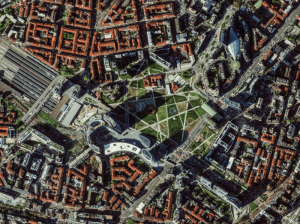
Europe’s Green and Digital Transformations with 25 Years of VHR Satellite Archive Data
Planning Europe’s future without knowing its past is impossible. The European Green Deal, Horizon Europe, the EU Biodiversity Strategy for 2030 and other policies all demand one thing: evidence. Not just today’s data, but years of history that show how our cities, forests, and coastlines have changed.
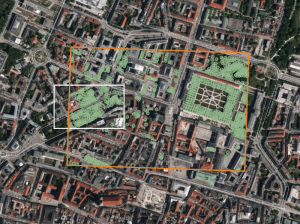
AI Uses 15 cm Satellite Images to Cut Costs and Increase Scalability in Forest Management and Urban Forestry
Forest managers across Europe face an impossible task: monitor millions of hectares with shrinking budgets while meeting increasingly strict EU environmental targets. But with the rise of AI and satellite technology, they now have new solutions at their disposal – smarter, cheaper, and more scalable – to monitor forest health, automate tree inventories, and plan sustainable logging. In this article, we introduce one of these solutions: an AI forestry algorithm developed by Arboair using 15 cm satellite data from EUSI.

GEOSeries: Extracting Insights From High Resolution SAR Imagery for Time-Sensitive Analysis
In this webinar, industry experts and advanced users of Umbra SAR data showcase how they transform SAR imagery into actionable insights in real-world mapping, monitoring and intelligence applications. See how NV5 and Umbra leverage ENVI SAR Essentials for advanced processing with time-efficient results, converting analytics into valuable intelligence.
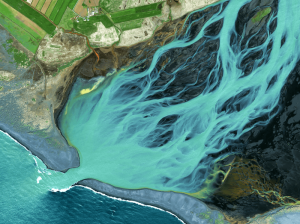
Using Satellite Imagery to Build Water Resilience Across Europe
Water across Europe is facing severe pressure. Climate change, urbanisation, agricultural demands and other sources of pollution are threatening water security and creating critical challenges that need to be addressed. We have to act quickly, build stronger systems and create sustainable water resilience practices – so that both natural ecosystems and human communities can thrive. Here is how satellite imagery from EUSI can help.


